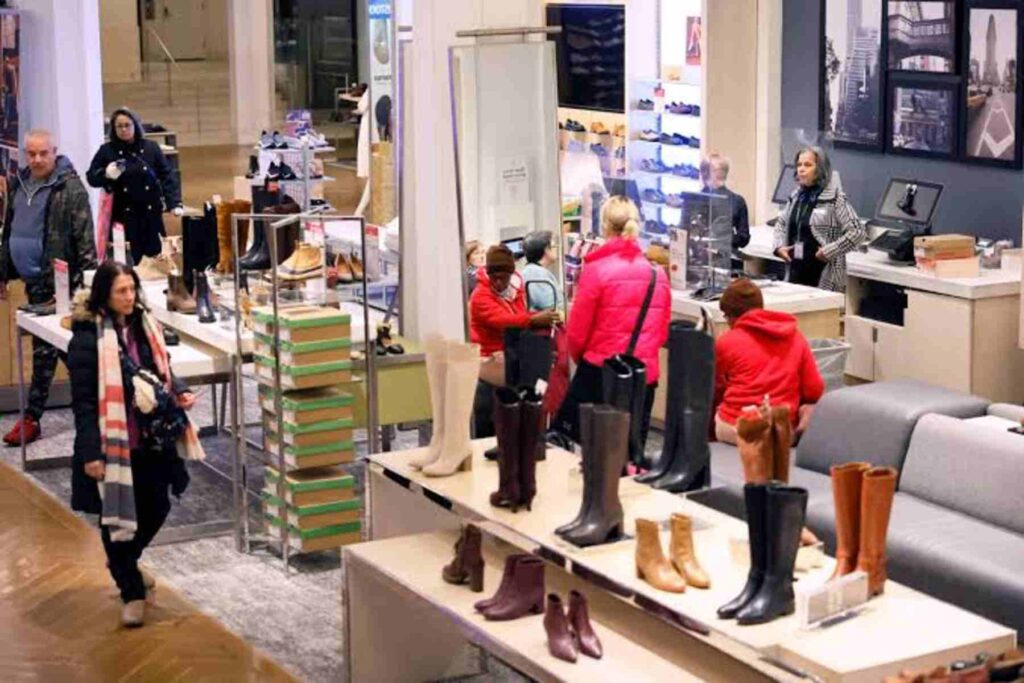
The story differed in January, as sales dropped significantly across all US industries. However, sales returned to its blossoming ways come February.
Economists feel the data had a little help from the leap day in February. Even after factoring in the impact of the extra day of spending, results from calculations are unrepentant about February being a month of gains.
According to the CNBC/NRF Retail Monitor, February sales increased by 1.06% if autos and gas are left out. The figure hopped to 2.01%, further excluding sales from eat-outs and take-outs.
The data for these sales estimates was made possible by Affinity Solutions. This is a company that collects and analyzes data on consumers’ credit card expenses.
Without factoring in the effects of the leap day sales, the data revealed that sales in February increased by 0.4%, relative to the previous month’s dip. However, after taking out all instances of restaurant sales, the Retail Monitor indicated that the February sales increase was 0.3%, compared to 0.04% in January.
Many uncertainties linger around national inflation and what will become of interest rates as the year passes. However, the National Retail Federation is confident in Americans’ consistency of spending. According to the National Retail Federation president, Matt Shay, “It’s clear that a strong job market and increases in real wages are continuing to support spending.”
For items bought via e-commerce and outside brick-and-mortar stores, month-over-month sales increased by 0.8%. When comparing year-upon-year data for these goods, the sales rate was up by 18.08%. Likewise, books, music, hobbyist items, and sporting gear picked up sales on monthly comparison by 2.29% and annual comparison by 13.67%.
In February, clothing and accessories saw a 0.51% month-over-month spike in sales volume and an 8.05% year-over-year increase. Health and personal-care products’ February sales went up by 0.96% compared to January. Likewise, the year-over-year comparison revealed a rise of 11.18% in sales.
The month-over-month comparison for sector-specific sales will inevitably vary significantly, thanks to the retail data released by the Census Bureau. Census Bureau data is survey-based and can include respondent bias. However, the Retail Monitor data tends to be more accurate as it is obtained directly from the source, vis debit, and credit card purchase data that does not reveal users’ identities.
Above all, the Census Retail and CNBC/NRF Monitor data agree on one submission: sales did pick up significantly in February relative to January.
You Might Also Like:
Porsche Buckles Up for a Drop-In Profitability for the 2024 Fiscal Year
How To Buy a Foreclosed Home Without Regrets
Jon Taffer, Host of ‘Bar Rescue’ Says California Should ‘Get Used to the $30 Burger
